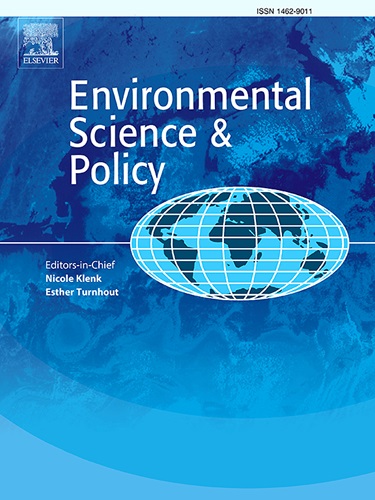PFAS见解:回顾巴基斯坦的历史数据、环境应用、健康影响和污染挑战
IF 5.2
2区 环境科学与生态学
Q1 ENVIRONMENTAL SCIENCES
引用次数: 0
摘要
全氟烷基和多氟烷基物质(PFAS)因其高稳定性和耐久性而广泛应用于不同的工业和消费品中。最近,它们的应用引起了环境保护主义者的极大关注,因为工业废水的无节制排放导致水体、河流和海洋中它们的水平大幅上升。由于这些环境污染物非常稳定,因此它们对包括动物和人类在内的所有动植物都有持久的影响。本文结合巴基斯坦的实际情况,全面分析了这些化学物质的生命周期、工业应用、在水体中的渗透及其对人体的危害,特别是对免疫系统、内分泌系统、肾脏系统、致癌疾病等方面的影响。由于缺乏政府监督和政策执行不力,巴基斯坦等发展中国家的工业经常将未经处理的工业废水直接排放到淡水水体中,从而使这些废水成为巴基斯坦水生资源中PFAS的主要来源。在承认这个问题的同时,这篇综述论文强烈强调迫切需要对巴基斯坦这些新出现的污染物进行广泛的研究,那里目前的数据有限。该综述建议了几种解决PFAS污染的措施,包括改善研究基础设施、提高监测能力、加强监管框架和开发有效的补救技术。它还强调提高公众认识和提供教育以促进更安全的环境做法和更健康的社区的重要性。这些建议旨在提高对PFAS污染的不同模式及其对生态系统和生物系统的影响的认识。本文章由计算机程序翻译,如有差异,请以英文原文为准。
PFAS insights: A review of historical data, environmental applications, health effects, and pollution challenges in Pakistan
Per- and polyfluoroalkyl substances (PFAS) are widely used in different industrial and consumer products due to their high stability and durability. Recently, their application has drawn significant attention from environmentalists due to unchecked discharges of industrial effluents, which have resulted in a substantial rise in their levels in water bodies, rivers, and oceans. Since these environmental pollutants are very stable, therefore, they have long-lasting effects on all flora and fauna, including animals and humans. This review comprehensively analyses the life cycle of these chemicals, their industrial applications, their infiltration in water bodies, and their harmful effects on the human body, particularly on the immune system, endocrine system, renal system, carcinogenic diseases, etc., while considering the prevailing conditions in Pakistan. Industries in developing countries such as Pakistan often release untreated industrial wastewater directly into freshwater bodies due to a lack of government oversight and poor policy enforcement, thus making these effluents primary sources of PFAS in the aquatic resources of Pakistan. While acknowledging the problem, this review paper strongly emphasises the urgent need for extensive research on these emerging contaminants in Pakistan, where present data are limited. The review recommends several measures to address PFAS contamination, including improving research infrastructure, increasing monitoring capacity, strengthening regulatory frameworks, and developing efficient remediation technologies. It also emphasizes the importance of raising public awareness and providing education to promote safer environmental practices and healthier communities. These recommendations aim to improve understanding of different modes of PFAS contamination and their effects on ecosystems and biological systems.
求助全文
通过发布文献求助,成功后即可免费获取论文全文。
去求助
来源期刊

Environmental Science & Policy
环境科学-环境科学
CiteScore
10.90
自引率
8.30%
发文量
332
审稿时长
68 days
期刊介绍:
Environmental Science & Policy promotes communication among government, business and industry, academia, and non-governmental organisations who are instrumental in the solution of environmental problems. It also seeks to advance interdisciplinary research of policy relevance on environmental issues such as climate change, biodiversity, environmental pollution and wastes, renewable and non-renewable natural resources, sustainability, and the interactions among these issues. The journal emphasises the linkages between these environmental issues and social and economic issues such as production, transport, consumption, growth, demographic changes, well-being, and health. However, the subject coverage will not be restricted to these issues and the introduction of new dimensions will be encouraged.
 求助内容:
求助内容: 应助结果提醒方式:
应助结果提醒方式:


